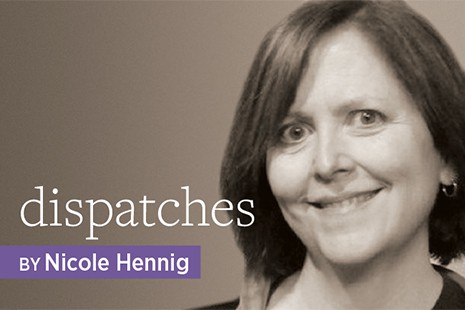
A New Tech Revolution
May 1, 2020In the May issue of American Libraries, without seeking her permission, this column ran with a photo of Professor Kim in all editions. After publication, she notified us of this mistake. We were not able to correct the print edition of the May issue. We have corrected it in the online, PageSuite, and PDF editions of the column. We apologize for the error. … Continue reading A New Tech Revolution




